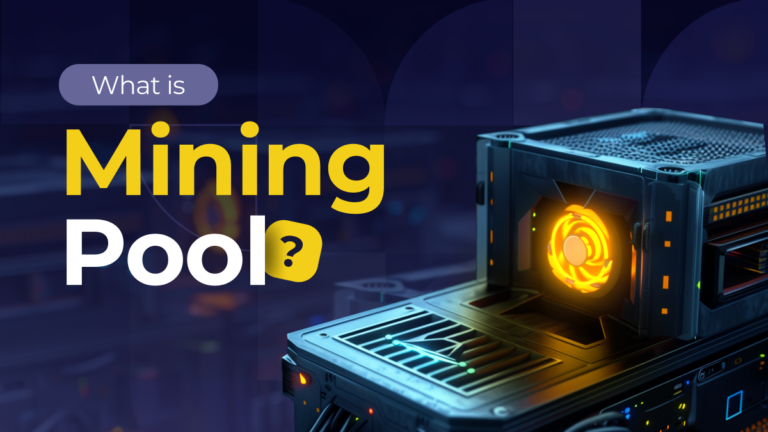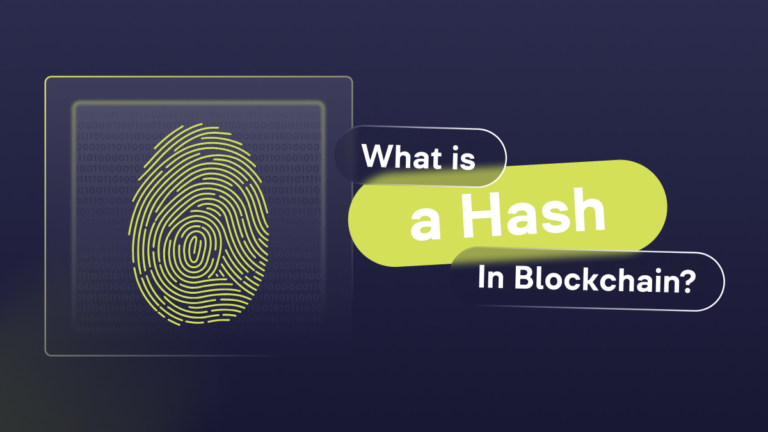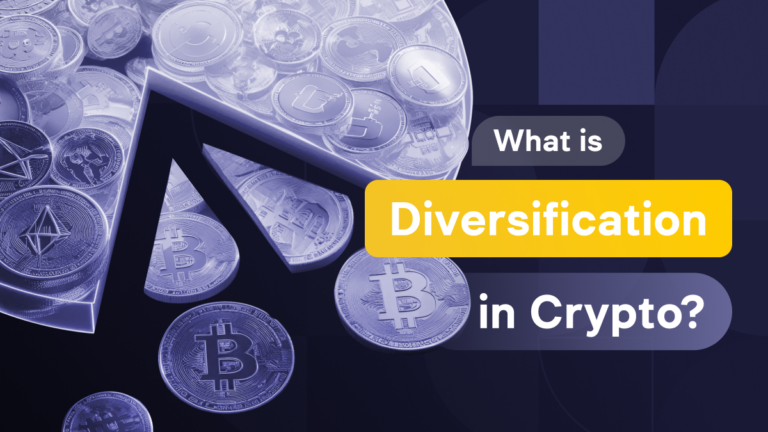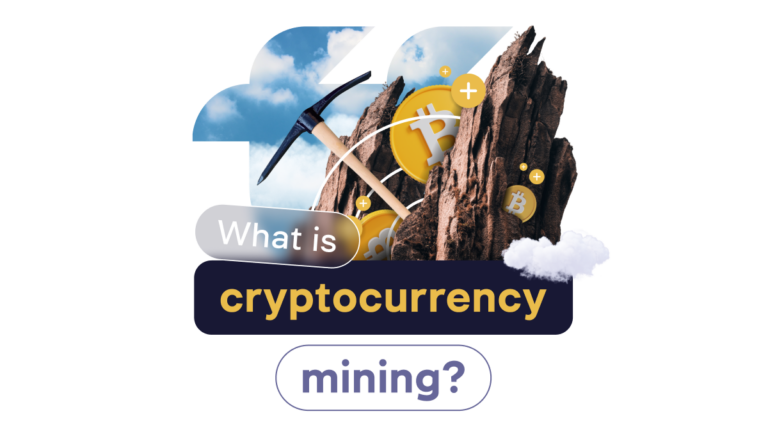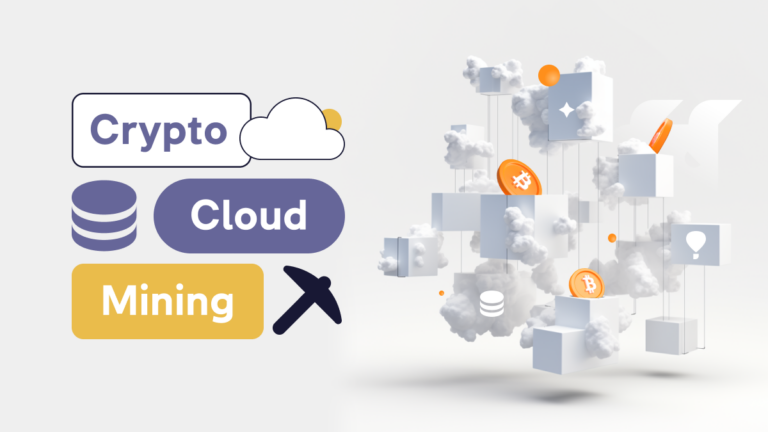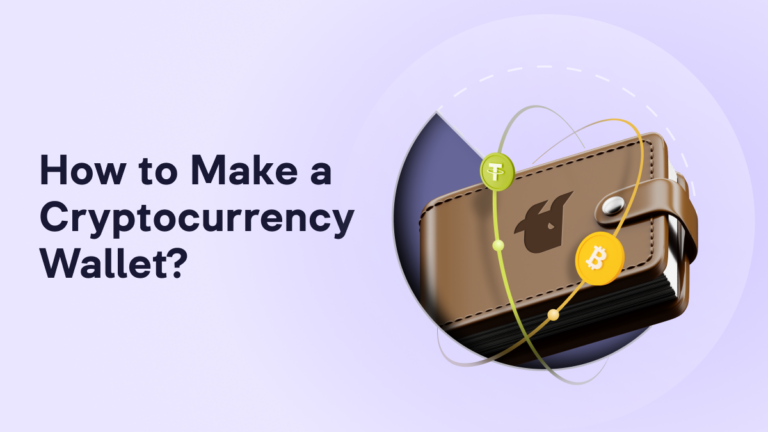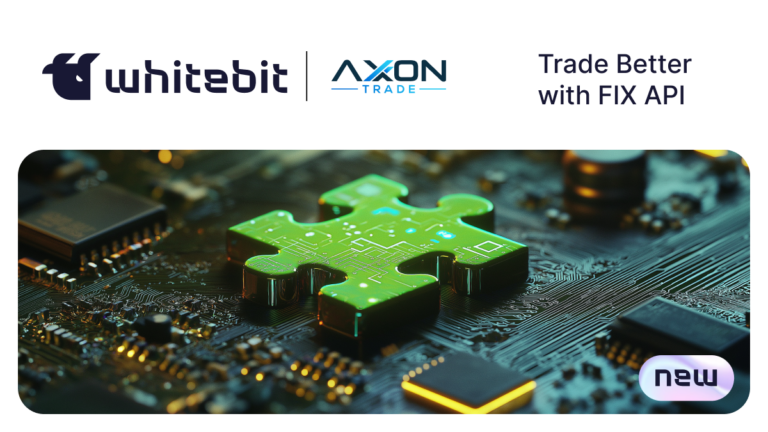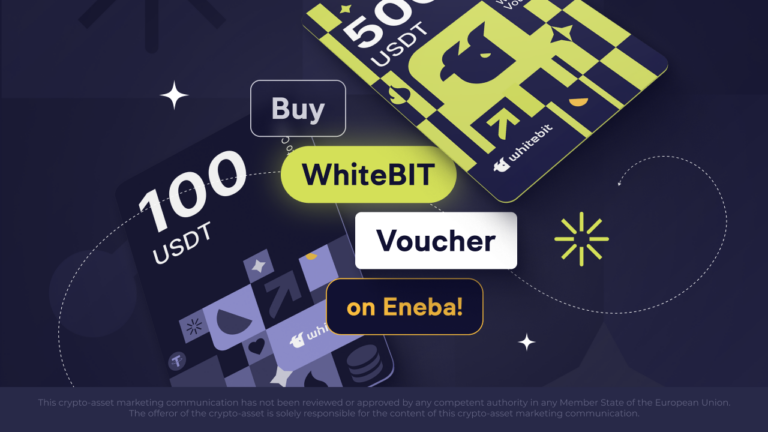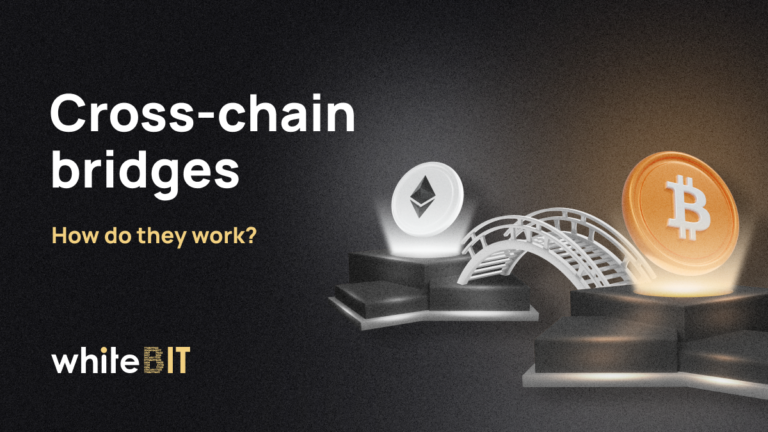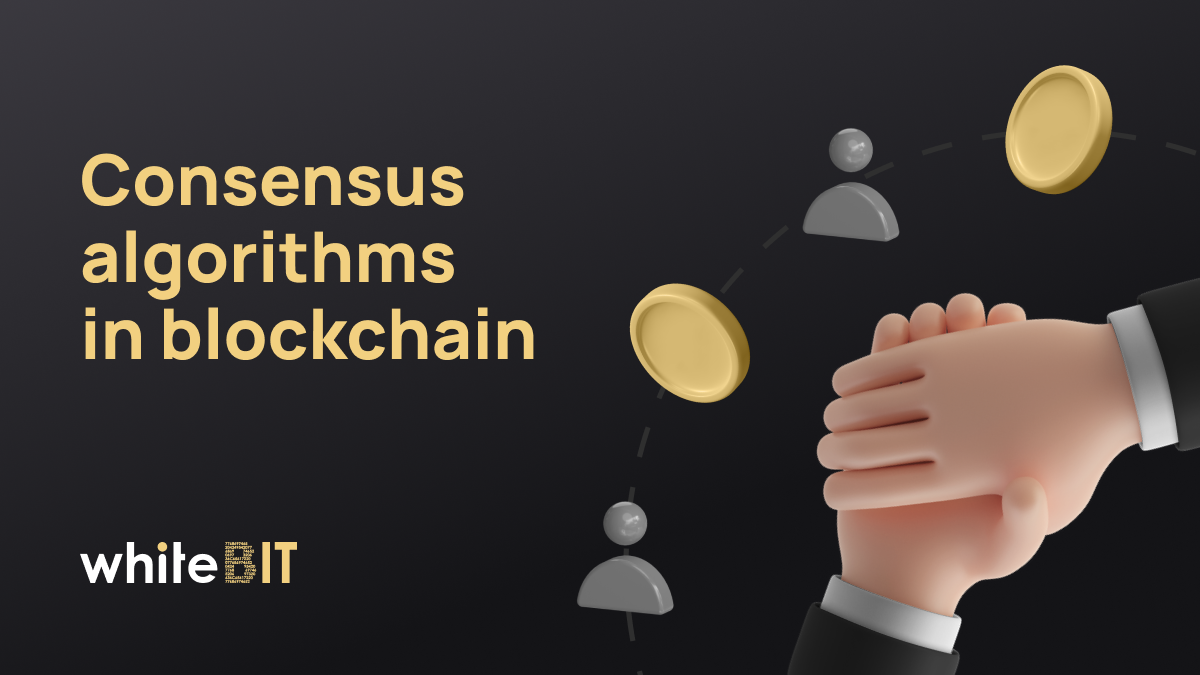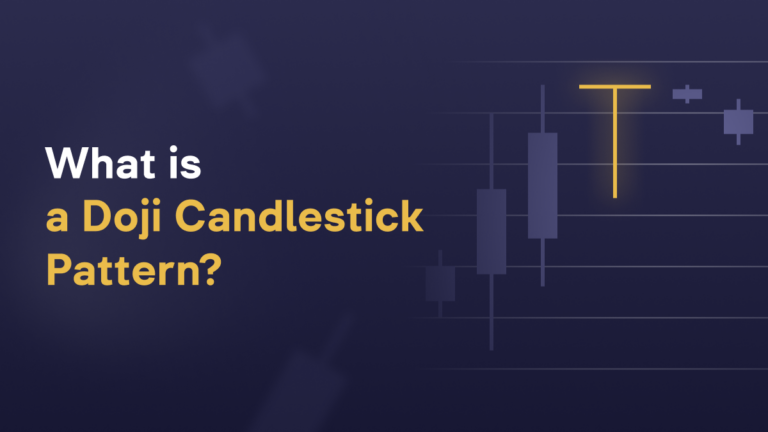Detailed Guide on How to Join a Mining Pool
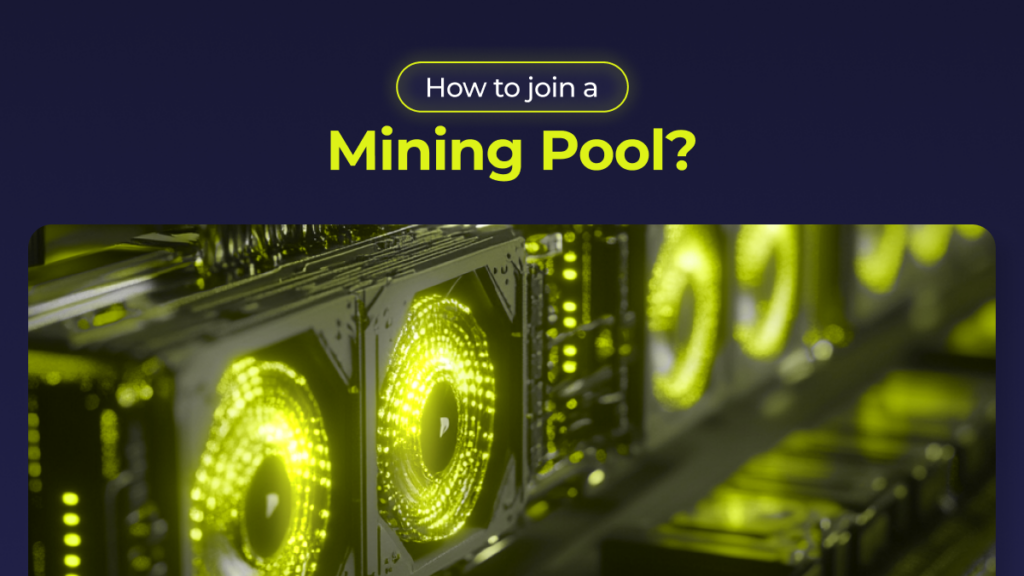
Content
Have you ever wondered how some miners make a steady profit, while others spend months mining alone with no results? The secret lies in mining pools — associations of miners who work together to achieve success. In this guide, we will detail how to choose the right pool and how to join a bitcoin mining pool to earn a steady income.
Reasons to Join a Mining Pool
There are many advantages to join bitcoin mining pool, especially for those who are just starting or need more computing power. One of the main arguments in favor of joining a pool is the increased likelihood of rewards. A single miner can spend months solving complex problems without getting any reward. At the same time, in a pool, the efforts of all participants are combined, which significantly increases the chances of successfully closing a block and getting a reward. At the same time, each block found is added to the blockchain, strengthening the network and ensuring its security.
In addition, mining pools provide a more stable income. Instead of hoping to solve a block alone, pool members receive their share of the reward for each block successfully mined by the pool, making the income more regular. This is especially important in the highly volatile cryptocurrency market, where a steady income stream can be the key to long-term success.
How to Choose the Right Mining Pool?
When choosing the right mining pool, it is important to consider a few key factors that can significantly impact mining profitability and experience.
- Pool size and hashing power:
The larger the pool, the higher its hashrate, meaning the more often it mines blocks. However, larger pools usually offer smaller payouts per participant because the reward is divided among more people. Smaller pools may offer larger payouts but less frequently.
- Reward distribution model:
Mining pools use different reward distribution models, such as PPLNS (Pay-Per-Last-N-Shares) or PPS (Pay-Per-Share). It’s important to choose a pool with a model that fits your mining style and income expectations. Some models offer stable but smaller payouts, while others offer less predictable but potentially larger payouts.
- Supported cryptocurrencies:
Some mining pools support mining multiple cryptocurrencies simultaneously, including Bitcoin (BTC), Dogecoin (DOGE), Ethereum Classic (ETC), which can be useful for diversifying your portfolio or switching to more profitable coins when needed.
- Pool Commissions:
Each pool charges its participation fee, ranging from 0% to 3% or more. You should carefully examine the commission structure and evaluate how much they will affect your bottom line. Sometimes, pools with higher commissions offer additional services or benefits that can compensate for this disadvantage.
- Reputation and stability of the pool:
Choose pools with a good reputation and a long history of stable performance. The pool must be reliable and protected from 51% of attacks. The opinions of other miners and reviews on specialized forums can help you evaluate the pool’s reputation.
- Minimum payout amount:
Some pools set a minimum payout threshold, which can be high for beginners or those with lesser capacities. Make sure the minimum payout amount matches your expectations and capacity.
Preparing to Join a Mining Pool
Hardware Requirements
Before joining a mining pool, you must ensure your equipment meets the minimum requirements. Cryptocurrency mining requires powerful computing devices such as graphics processing units (GPUs) or specialized integrated circuits (ASICs). A GPU suitable for mining must have high performance and cooling, as mining is a resource-intensive task. Although more expensive, ASIC devices offer optimized performance for specific mining algorithms. It is important to consider the power consumption of your hardware and its cooling capabilities, as lack of cooling can lead to overheating and device failure.
Software Requirements
Once you have prepared your equipment, installing your mining software is next. Cryptocurrencies require different mining programs, such as CGMiner, BFGMiner, or NiceHash. These programs allow you to connect your equipment to a mining pool, control the mining process, and monitor your equipment’s performance metrics and status. It is important to choose software compatible with your hardware and mining algorithm and update it regularly to maximize performance and protect against vulnerabilities.
Creating a Cryptocurrency Wallet
Before joining a mining pool, you need to create a cryptocurrency wallet where your rewards will go. Cryptocurrency wallets come in software, hardware, and crypto wallets. Software wallets are installed on your computer or smartphone and provide access to your funds. Hardware wallets are considered the most secure as they store your keys offline. Online wallets offer convenience but can be vulnerable to attack. Choose the type of wallet that best meets your security and convenience needs, and remember to keep backups of your keys and passwords in a safe place.
Step-by-Step Guide to Joining a Mining Pool
1. Selecting and registering in a mining pool:
- Evaluate the pool parameters (size, reward distribution model, commissions, reputation).
- Register on the pool’s platform by creating an account.
2. Configuring mining software:
- Select and install software that is compatible with your hardware and pool.
- Specify the pool address, port number, and your unique ID in the software settings.
3. Starting the mining process:
- Start the mining program.
- Monitor the process and statistics through the program interface or on the pool’s website.
Conclusion
In this article, we examined how to join mining pool. Mining pools provide a unique opportunity to utilize computing power and share rewards collectively. This is especially true in an increasingly complex network. By joining a pool, you can increase your efficiency and earn a stable income even if you don’t have powerful equipment.
FAQ
Yes, anyone can join mining pool, as long as they have the necessary equipment and internet access.
Yes, bitcoin can be mined independently, but this requires significant computing power and is often less profitable than participating in a pool.

